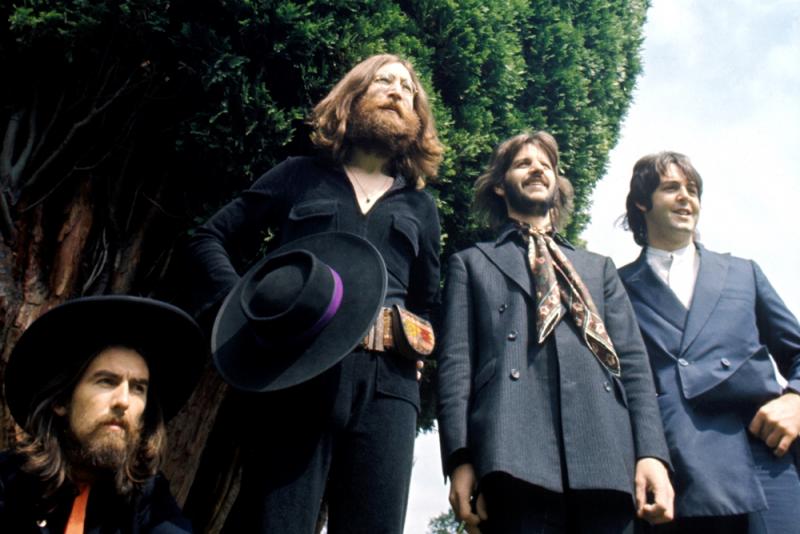
About the Song
One of the more experimental and thought-provoking tracks from The Beatles, “Happiness Is a Warm Gun” is a song that stands out in their catalog for its shifting musical styles and its layered, somewhat enigmatic lyrics. Released on the 1968 album The White Album, the song is a mix of rock, blues, and experimental sounds, and it’s a perfect example of the creative freedom that the band had developed by this point in their career.
Written by John Lennon, with contributions from Paul McCartney, “Happiness Is a Warm Gun” is often seen as a commentary on the contradictions of life and love, with its jarring shifts in tone and tempo reflecting a sense of confusion, pleasure, and disillusionment. The title itself, which evokes a line from a magazine ad for a gun, plays on the idea of how something that can bring pleasure and satisfaction—“happiness”—can also be tied to violence and destruction. This paradox is explored throughout the song, with each section offering a different perspective.
The song begins with a mellow, almost doo-wop-style vocal, with Lennon’s voice carrying a sense of yearning and melancholy. The lyrics are fragmented and surreal, with phrases like “Happiness is a warm gun” leading into more abstract lines like “When I hold you in my arms, and I feel my finger on your trigger.” These images evoke conflicting feelings of comfort, violence, and desire, which reflect Lennon’s ability to blend personal emotion with wider, more universal themes.
Musically, “Happiness Is a Warm Gun” is one of The Beatles‘ most eclectic tracks. It’s broken up into several sections, each with its own distinct sound. The first part has a soft, almost serene quality, followed by a dramatic shift into a bluesy, guitar-driven section with an uptempo beat. The song then transitions into a wild, chaotic finale, complete with dissonant instrumental flourishes and an intense, almost frantic vocal performance from Lennon. These shifts reflect the complexity and unpredictability of the emotions conveyed in the lyrics, creating a powerful, unpredictable listening experience.
The production of the song, handled by George Martin, is equally adventurous. The song’s abrupt changes in tempo and mood, as well as its layered arrangement, helped to establish The White Album as one of The Beatles’ most experimental and groundbreaking works. The track blends different genres—rock, pop, blues, and even elements of avant-garde music—showing the band’s willingness to push musical boundaries and explore new sonic territories.
At its core, “Happiness Is a Warm Gun” is a reflection of Lennon’s state of mind during the period when he was writing much of The White Album. His personal life was in turmoil, and the song captures his disillusionment with both the world around him and his inner struggles. The seemingly contradictory phrase “happiness is a warm gun” serves as a symbol of this disillusionment—an attempt to find satisfaction in something that ultimately brings discomfort.
Overall, “Happiness Is a Warm Gun” remains one of The Beatles‘ most thought-provoking and musically adventurous tracks. Its unpredictability, both in terms of structure and content, mirrors the experimental spirit of the late 1960s and serves as a powerful example of the band’s ability to innovate within the framework of popular music. The track’s exploration of conflicting emotions and the contrasts between pleasure and pain, peace and violence, has made it a lasting, haunting piece of music that continues to resonate with listeners.